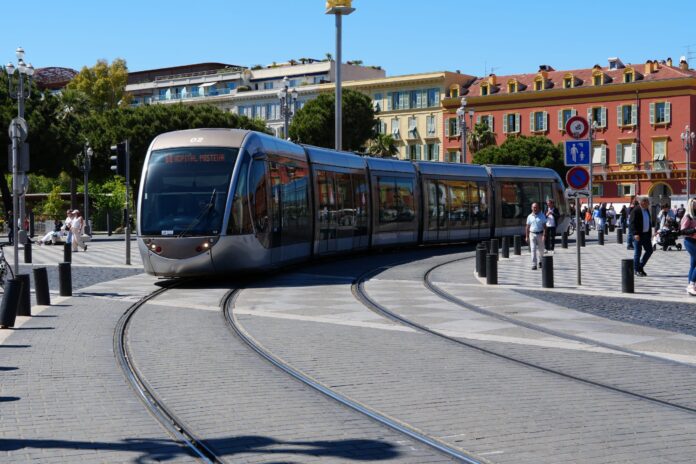A comprehensive survey conducted between 2022 and 2023 on daily travel in the Alpes-Maritimes, the eastern Var, and Monaco delivers its results. A detailed map is now online, freely accessible to everyone.
Since June 24, 2024, the results of the Côte d’Azur Mobility Survey – East Var are available online. Conducted between September 2022 and April 2023, this survey interviewed over 21,000 residents. Its scope covered 195 municipalities, including the entire Alpes-Maritimes, part of the eastern Var, and the Principality of Monaco.
The survey was led by the Department of Alpes-Maritimes. Nine intermunicipal bodies in the region and the Principality of Monaco joined the initiative. The State also participated.
On the dedicated site, the general public and professionals can now view the results at different scales. They will find data on modes of transport, distances traveled, and journey frequencies. Interactive graphics and comparisons with surveys from 1998 and 2009 are also available.
“Thanks to this dynamic and accessible website, everyone can now access the main findings of the survey […], and download datasets to conduct their own analyses,” says Charles Ange Ginésy, president of the Alpes-Maritimes Department. He emphasizes that this knowledge base will support public policies, particularly in the context of the ecological transition.
Changing practices, persistent challenges
Since 2009, the total number of daily trips has slightly decreased (-1.7%). However, the distances traveled are increasing: on average, 19 km and 60 minutes of travel per day per person. Home-to-work or school trips remain the most frequent.
Nearly 83% of travel flows are concentrated between Nice, Sophia Antipolis, Cannes, and Grasse. The car remains the most used mode (46%), even though its usage has decreased by eight points. At the same time, walking is on the rise (39%, +7 points) and cycling is being increasingly adopted (+52% in 14 years).
The share of public transportation remains stable (9%), but the number of users is increasing (+11.7%). Its use is more frequent in urban areas than in suburban zones.
Finally, the study highlights a growth in remote work. 20% of workers report using it. This phenomenon, combined with the diversification of transport modes, indicates a shift toward mobility less centered on the car.


